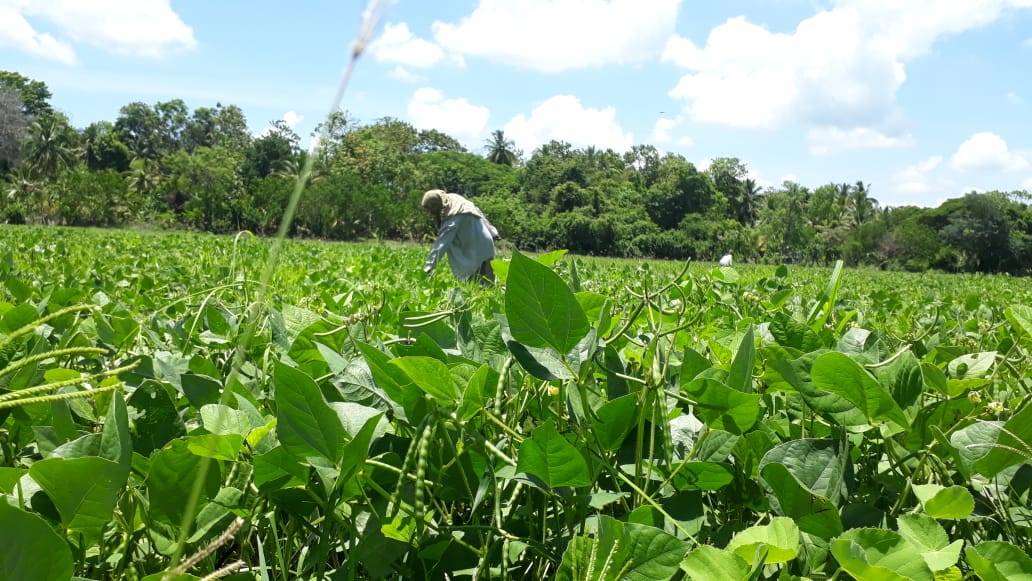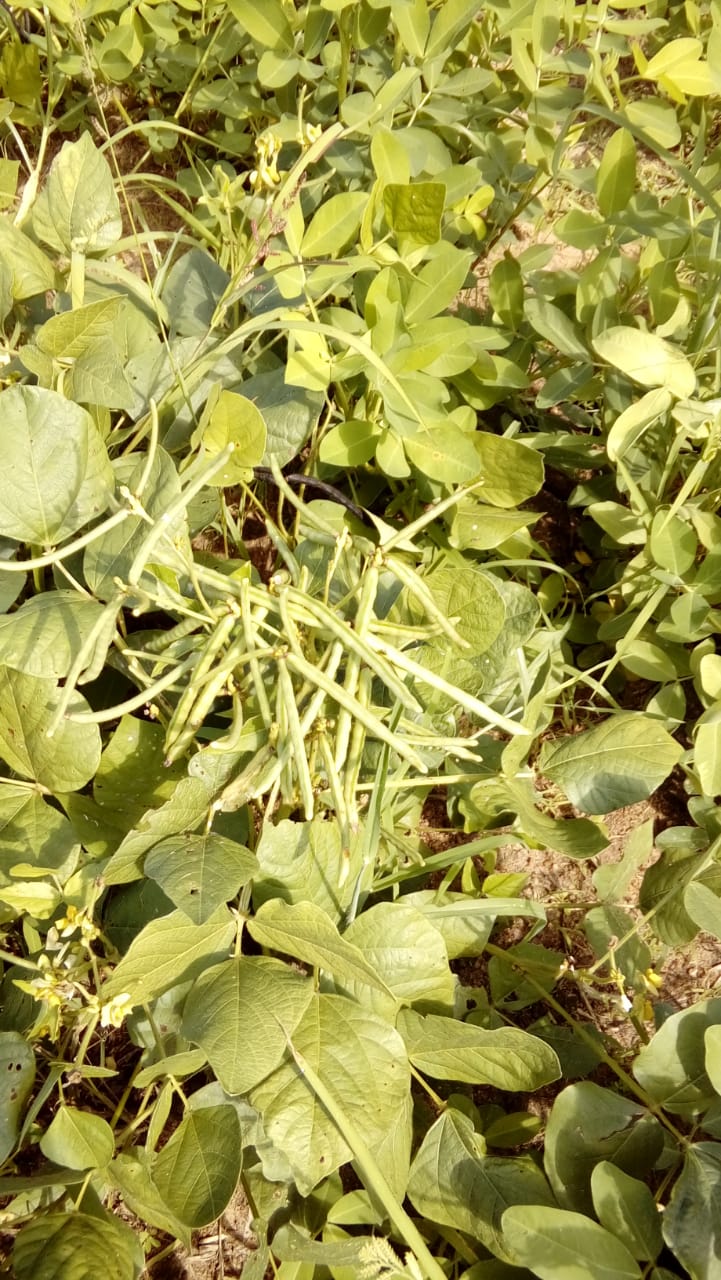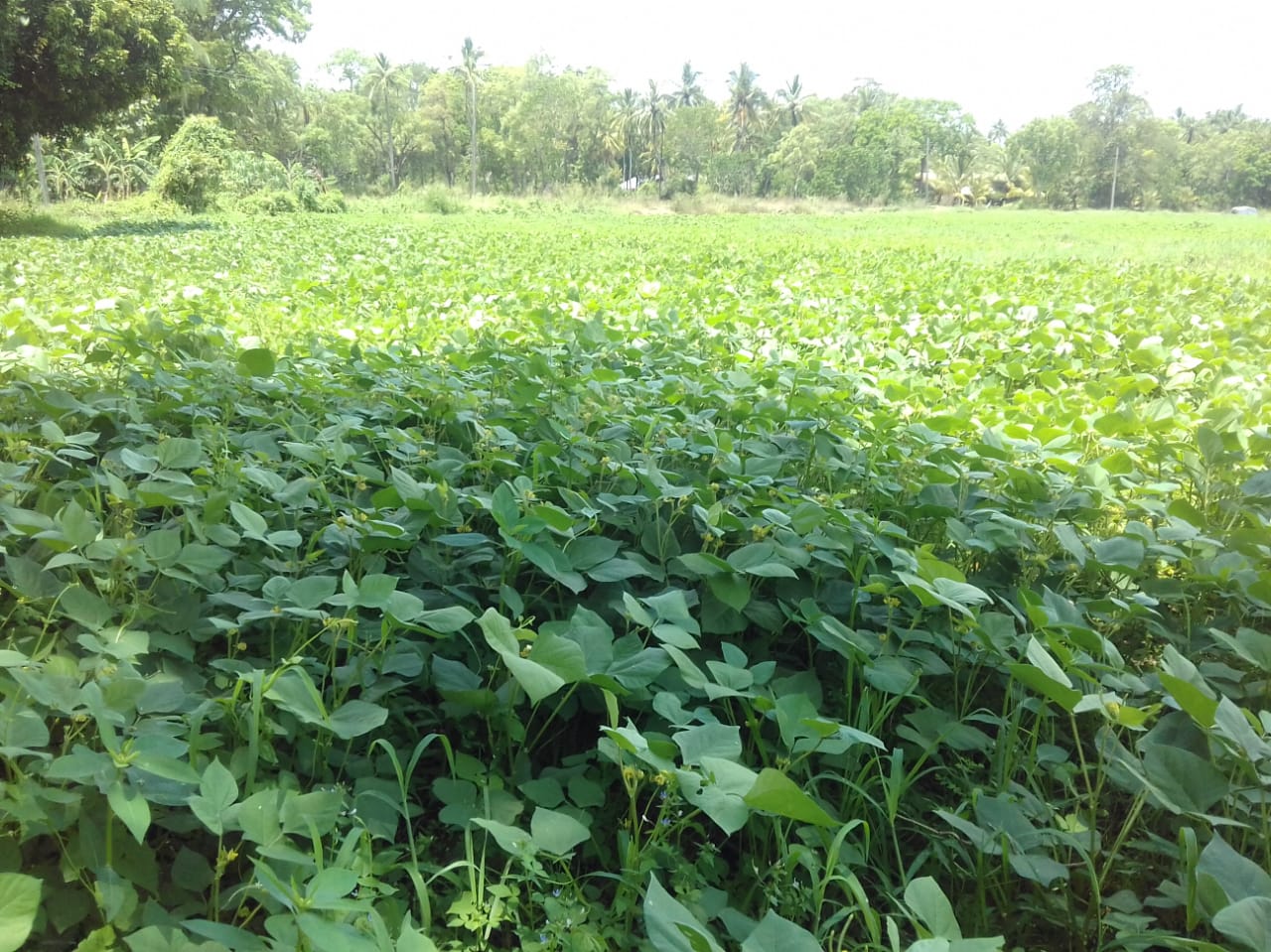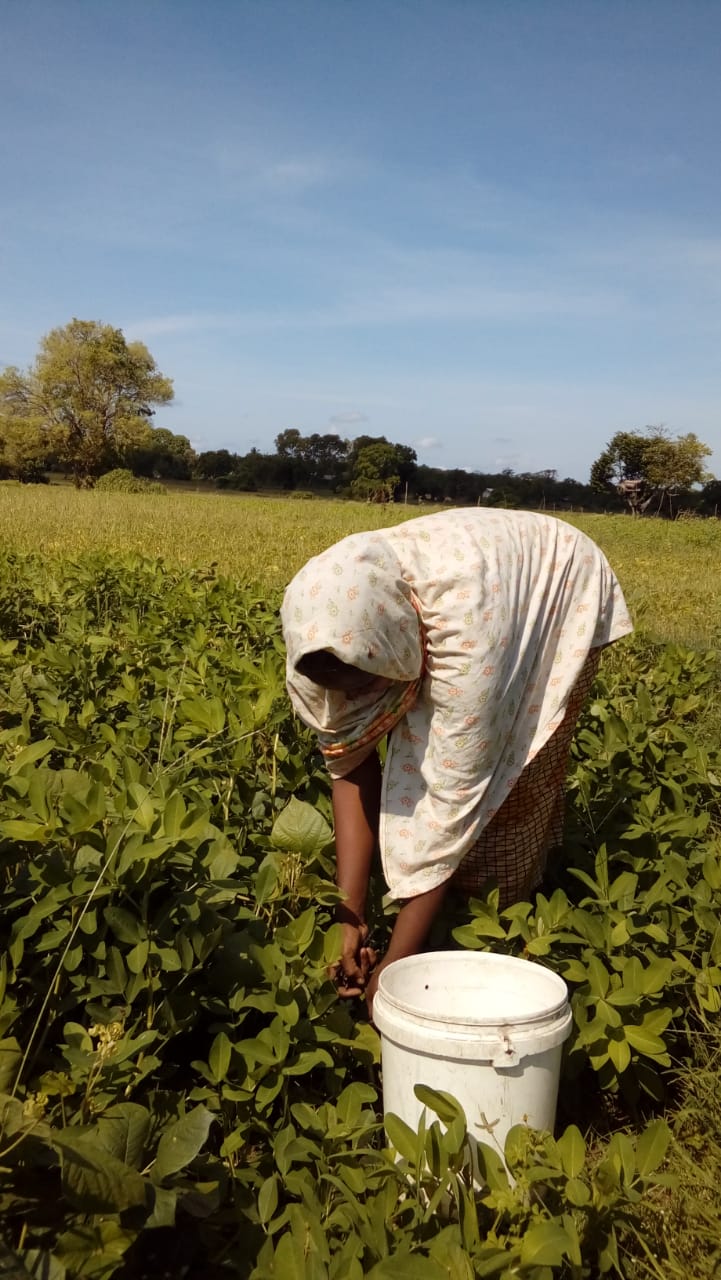The Mid-Season Miracle Continues
By Sakshi Selvanathan (07th August 2020)
In the present context where countless processes have ground to a halt in the face of the relentless COVID-19 outbreak, some remain uncompromisable, and rightly so. One such process is Sri Lankan farming, and the farmers who engage in these activities (especially those in the dry zone) are plagued by extreme weather conditions like droughts that arise as a result of the additional (and stark) reality of climate change.
And this is precisely what the Sri Lanka Red Cross Society endeavours to resolve with its trail-blazing Community Resilient Integrated Water Management Project (CRIWMP), or “Wew Gam Pubuduwa”: this project aims at mobilizing dry-zone farmers to adopt climate-resilient agricultural practices – by increasing water and land use efficiency of paddy lands through the usage of combination farming systems, for instance.
One such method of enhancing land efficiency is cultivation during the ‘mid-season’, which is a time period of approximately 3 months – usually between March to May, depending on rainfall patterns. As evinced by its name, mid-season falls between the season of ‘Yala’ (which is effective from May to the end of August during the South-west monsoon) and the ‘Maha’ season, which falls during North-east monsoon from September to March the following year. Cultivation during this period is hailed to be productive as the grounds are fertile and provide the perfect timespan to grow fast-growing field crop such as green gram, cowpea or ground nut.
Owing to its characteristics therefore, mid-season cultivation is instrumental in increasing the food security and economic stability of the communities involved in them, while also increasing the cropping intensity – which in turn increases agricultural production.
The economic and environmental benefits of this agricultural practice are aplenty, for the cultivation of 45-day crop like green gram does not entail additional expenses, as it does not require any fertilizers or agro-chemicals – thus rendering it an organic product. Furthermore, crops like green gram enrich the soil, securing additional savings on fertilizer for farmers in the next season – adding to the sustainability of the practice.
Though this agricultural practice has been implemented with success in most parts of Sri Lanka, mid-season cultivation was a novel approach to farmers in certain areas within the Kurunegala district. As such, the SLRCS – in partnership with the Ministry of Mahaweli, Agriculture, Irrigation and Rural Development and the United Nations Development Program (UNDP) – put the above method into practice in 2019 and was extremely successful: a group of farmers living close to the Hunugallewa tank in Ehetuwewa, Kurunegala attempted a green gram cultivation during the mid-season and garnered positive results, encouraging several other farmers from other areas like Galgamuwa and Polpithigama to follow suit.
Its efficacy was such that the same method was applied this year in 2020 in the same areas by the SLRCS and partner agencies as well, and it yielded equally prosperous results. What made this year’s efforts all the more pertinent was the fact that the mid-season cultivation was carried out so successfully by the farmers even amidst the COVID-19 epidemic itself, underscoring the level of resilience fostered among the farming communities by adopting such climate-friendly approaches.
In addition to this, the cultivation was greatly facilitated by the fact that the SLRCS carried out the groundwork to support the farmers before the imposition of nationwide restrictions due to the epidemic. For instance, 50% of the seeds required for the mid-season cultivation were purchased and transported to the farmer organizations by the SLRCS; the other 50% was provided by the farmers themselves – once again highlighting the resilience engendered through last year’s harvest, and their willingness to adopt this approach in the future as well.
Furthermore, the SLRCS carried out the process of mobilizing the farmers to attend seasonal meetings to educate and engage them in the mid-season cultivation process. Most of these activities conducted by the SLRCS were implemented in close coordination with Agricultural Instructors from the Department of Agriculture. As such, the farmers themselves were able to carry out the remainder of the procedure and deliver impeccable results.
A bountiful harvest gained from the mid-season cultivation in 2020, in addition to 2019, proffers concrete evidence that such a method is an efficient and sustainable agricultural practice that works well to achieve the climate-friendly objectives of the SLRCS’s CRIWMP, and also that it is one from which farming communities can reap myriad benefits. Thus, in recognition of the fact that the knowledge of this method has not entirely permeated to some farming communities in Sri Lanka, the SLRCS advocates that such climate-resilient agricultural practices be implemented across the island.



